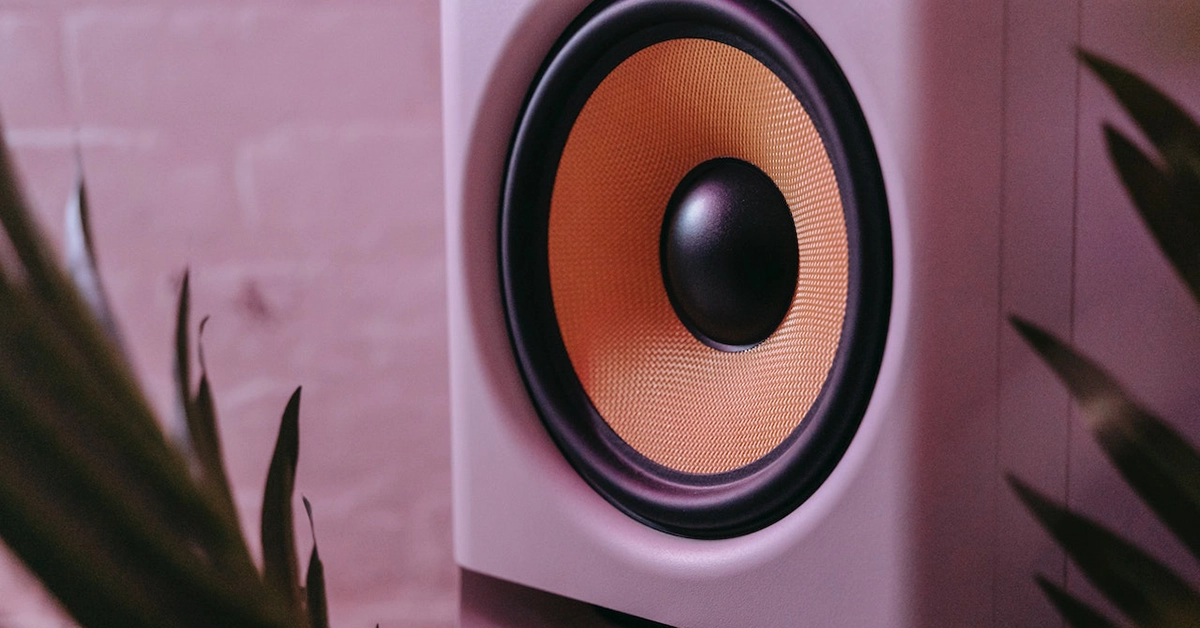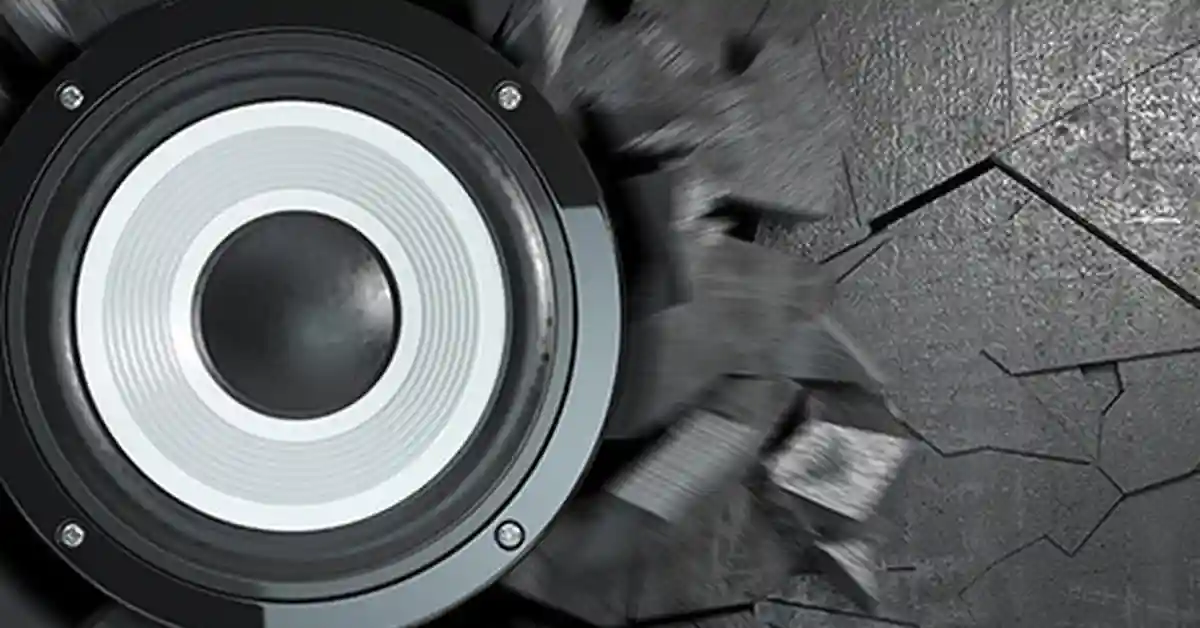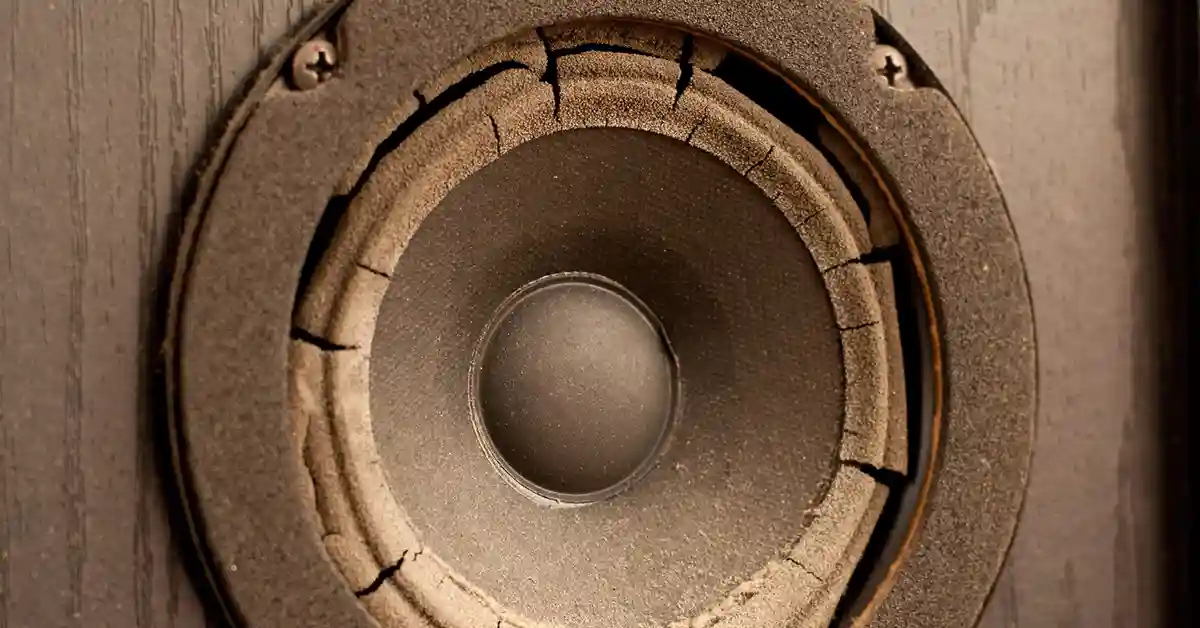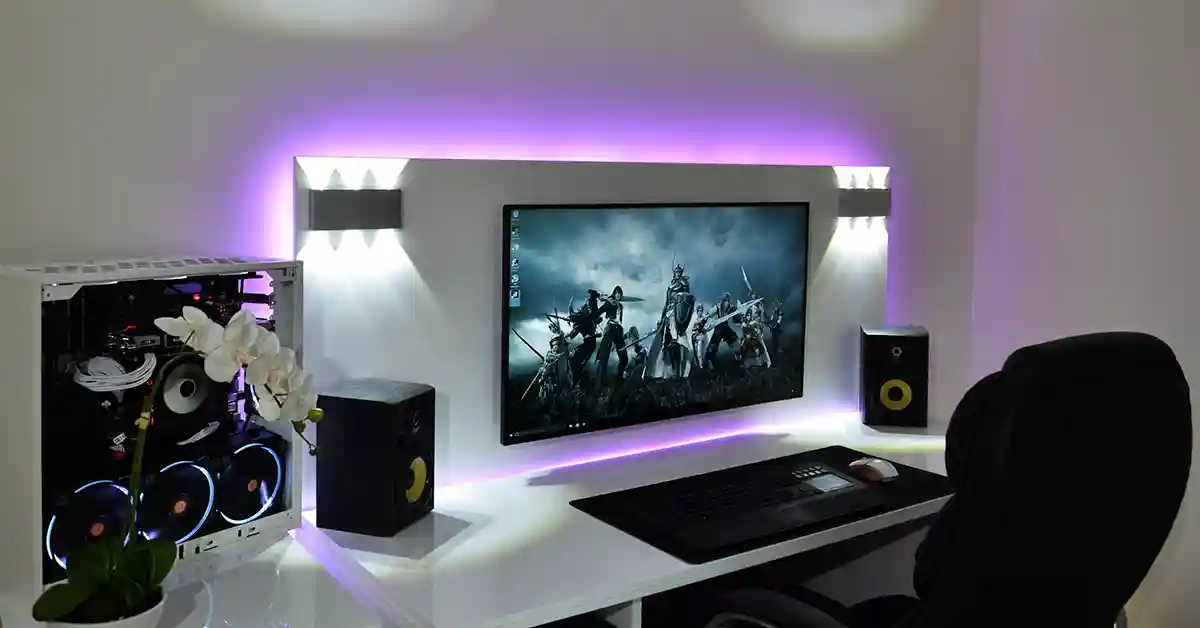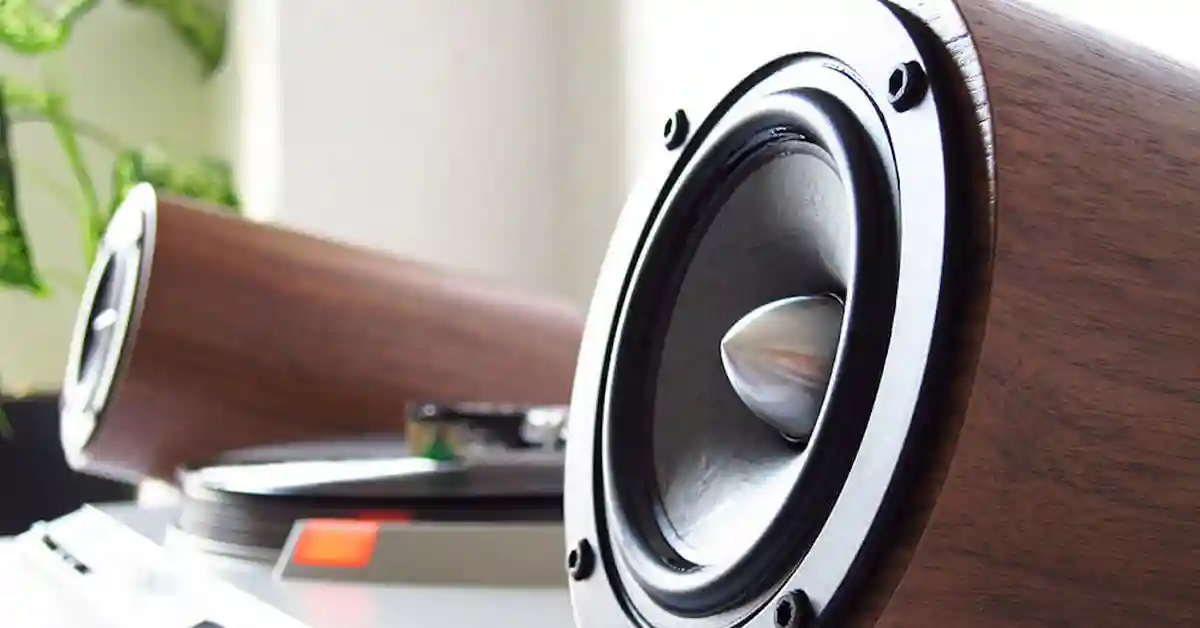How To Connect Two Speakers To One Output
Connecting 2 speakers on one channel can help in various ways. Your home theatre system can be playing audio from only one angle. The sound doesn’t seem to hit your ears with the necessary audio because you’re looking to bring a theatre into your living room!
Having all that sound come from different angles is the ideal way to watch your series or movies. It might just turn date nights into a weekly habit. It might just be that you’re looking to hook up two speakers on either side of your TV or monitor.
In this article, we look at how the wiring works and what type of system you can use to connect two speakers to one output.
What To Look For In Your Speakers And Output
The output needs to be a normal amplifier. The first task is to check the maximum current ratings of your amplifier and speakers. The rating indicates how well the amplifier can handle both speakers without causing issues with the audio. On the back of your amplifier and speakers, you can see how many ohms it has.
You need to check the maximum current rating of the amp. The total impedance is also important as this aids in the total number of ohms the amplifier can handle.
With the help of our reliable friend, manufacturers usually specify the specifications on google. You can google the total impedance of the current model of speakers and amplifier that you have.
Once finding the number of ohms and the impedance level your amplifier has, that number will be used when setting up your speakers in either series or parallel. Your speakers’ output should not exceed that of your amplifiers’.The maximum output produced depends on which method you are connecting your speakers to; Series, Parallel, or Both.
A series connection requires the most ohms while parallel will require the least. The combination method will allow for more speakers to be hooked up with fewer ohms to maintain a constant load. Keep in mind that you need to switch both your amplifier and all your speakers off before beginning to connect them all.
Series Connection
Before moving on to how to connect 2 speakers to one output in series, you need to realize the fact that the ohm ratings of your amplifier are important.
Connecting your speakers in series means that all of the components are linked in an end-to-end line. The wiring connects the speakers in a line formation where the flow travels in a “line”. The volume buttons work in sync when connecting your speakers in this way.
This type of connection has only one path for the current to pass. In the unlikely event of a speaker malfunctioning or the amplifier not working, the entire system will cease to work.
If you have two 8 ohm speakers, the total ohm rating will be 16 ohms produced by the speakers. The series connection serves to produce the sum of the number of ohms produced by all the speakers. The number is going to be used as the total amount of ohms passed to the amplifier.
Connecting Speakers In Series
- Plug the positive terminal of the amplifier into the positive terminal on your first speaker
- The wiring can be done with banana plugs, bare wires, flexible pins, or spade connectors.
- Connect the negative terminal of the first speaker to the positive terminal of the second speaker
- Then, plug the negative terminal of the amplifier into the negative terminal of the second speaker
- The final step involves testing your speakers.
- Play some music over your speakers to hear for any crackling, buzzing, static, or hollow sounds. If these problems arise, you might have a loose wire to fix or check out this article
- Note that we’re only looking at connecting 2 speakers to one output(amplifier).
- If you’re looking to connect multiple speakers to one output, you can repeat this process, but bear in mind that more speakers prove to put more stress on the amplifier.
- With this connection method, your speakers will not be as loud and you have access to both speakers at the same time. The downfall of connecting your speakers in series is the fact that if you switch off one speaker, both switch off automatically.
Parallel Connection
The same quality audio rule applies here: Don’t expect a louder setup nor a higher quality sound, the goal is to match the amplifier impedance rating, not to increase the volume of your speakers. The parallel connection means that all your components are connected across each other’s leads.
The difference with the parallel system comes in the fact that the ohm levels are split between the two speakers. If you have two 8 ohm speakers, the total ohm rating is 4 ohms produced by the amplifier. The split cables serve to split the speaker ohms in half and allow a 4-ohm rating to be passed to the amplifier.
Connecting Speakers In Parallel
- Plug the positive terminal of the amplifier into the positive terminal on your first speaker
- The wiring can be done with banana plugs, bare wires, flexible pins, or spade connectors.
- A split connector is used to connect multiple speakers in parallel mode
- Connect the split wires to the negative terminal of all the speakers
- Connect the single end of the cable into the amplifier’s negative jack.
- The final step involves testing your speakers.
- Play some music over your speakers to hear for any crackling, buzzing, static, or hollow sounds. If these problems arise, you might have a loose wire to fix or check out this article
Connecting Speakers Using Both Methods
Using both series and parallel methods can work. The setup is entirely up to you on how creative you would like to get.
Here are some steps to follow :
- Connect two speakers using the series method mentioned above
- Use a split cable to connect the second set of speakers (two other speakers in parallel).
- Connect all of the speaker sets.
- Connect the single end of your cable into the negative jack of your amplifier.
Conclusion: Connecting Two Speakers
Connecting two speakers to one channel serves to provide more convenience to the user. You can adjust the volume on both speakers through one output and save on time and effort once your system is up and running.
To conclude, connect your speakers in parallel if each speaker has 8 ohms and connect your speakers in series if the impedance level is below 8 ohms.
There you have it! A theatre system with sound coming from different angles, hitting just the right spots for a movie night.
Related Articles

